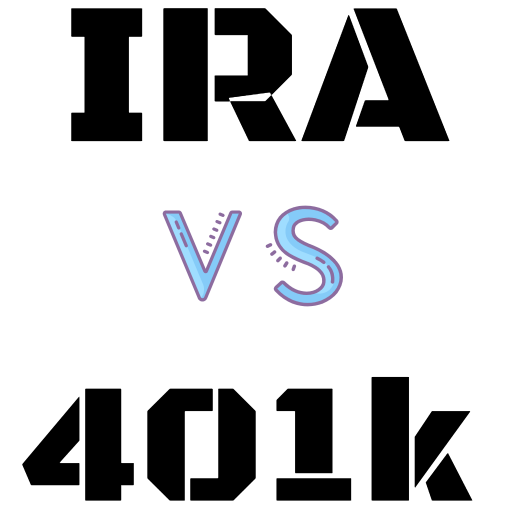
Many people do not realize they should include the amount and timing of these distributions in their retirement planning or how the additional AGI from these withdrawals can cause their taxes, including those on their Social Security income, to increase.
Except for withdrawals that are received tax-free, such as from designated Roth accounts, the withdrawals will be included in taxable income.
Although RMDs may not be a major factor in the Social Security claiming decision, every year more retirees are subject to taxation of their Social Security income and should be aware of this issue.
Options for Managing Taxation
Evaluation and possible repositioning of assets prior to retirement can also directly affect future taxable income based on whether withdrawals are coming from income-producing or growth-oriented accounts.
There are several management techniques financial advisors can offer retirees when creating a retirement financial plan that manages taxation, including that of Social Security income. Lowering AGI, and resulting taxation, in certain years is the goal to create the most consistent, highest standard of living throughout retirement.
A shift of taxable account investments from income funds to growth funds will lower AGI. Shifting securities and investments from high-yield interest generating funds to lower income generating growth investments can achieve the same purpose.
Funds may be shifted toward tax-deferred and/or tax-preferred accounts or other financial products, such as funding 401(k), 403(b) or 457 accounts. Finally, converting regular IRAs into Roth IRAs may result in taxable income up front, but those nontaxable Roth IRA withdrawals in the future can maintain a lower taxable income.
Of course, financial products, when sold, may generate elevated levels of AGI and therefore taxation in the years those gains are realized.
As noted above, prioritizing and sequencing account withdrawals is the final step in managing income tax. By analyzing Social Security claiming and fund withdrawal sequence, the impact on net after-tax income and standard of living in retirement can be quantified.
The Value of Retirement Planning
A 2014 MassMutual study found that the happiest retirees say they took specific steps to plan early, preferably more than five years out. Those concrete steps include calculating the best time to start collecting Social Security, saving more, creating a budget, and working with a financial advisor. According to the study’s findings, 58% of the most satisfied retirees had worked with a financial advisor prior to retirement.
Financial advisors who have Social Security expertise and the understanding of tax consequences when withdrawing funds from retirement accounts and other income streams are extremely well-suited to providing retirement planning.
By offering comprehensive retirement financial planning, financial advisors have the opportunity to help clients manage their income tax, increase their standard of living, extend the longevity of their portfolios, and leave a larger legacy.
Martha Shedden, RSSA, CRPC, is the president and co-founder of the National Association of Registered Social Security Analysts (NARSSA) in which she leads the development of the education and training program for all Registered Social Security Analysts (RSSAs). Follow Martha and NARSSA on LinkedIn.
